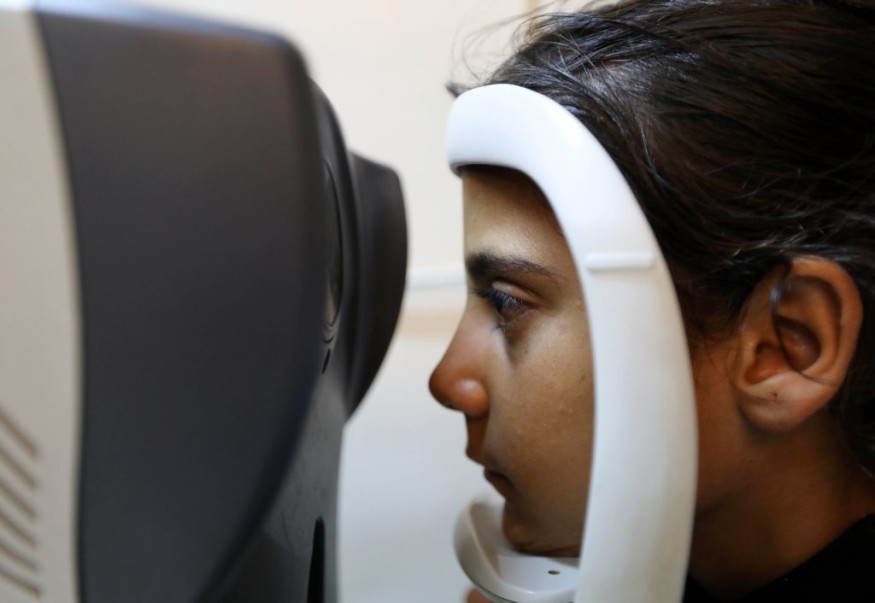After observing substantial rises in the adulthood development of myopia amongst post boomers, experts are advising of an outbreak of near-sightedness or refraction.
According to the information recorded from 107,442 respondents in the UK's massive Biobank initiative, persons born in later 1960s are 10% more prone to be near-sighted than people born thirty years prior.
The Myopia 'Epidemic' Study

Participants who encountered eyesight alterations in older age suffered the greatest increase, however the incidence of significant instances those with child-onset sightedness increased during the entire time span.
Excessive screen media is what the illness is assumed to be driven with alongside by other mix of hereditary and hormonal causes. Thankfully, the investigation also discovers indications that these are tendencies that may be reversed with the correct prevention strategies.
In their note the authors stated that it has become a serious global healthcare problem. With a developing epidemic of sightedness, defined by growing incidence followed by a demographic transition in distribution favoring relatively young age at onset and higher seriousness.
People who were born around 1939 and 1944 were the oldest group studied in the Biobank research, with 12.6% developing myopia as children and 7.4% developing it in older age.
For the youngest group, the rates grew to 15.6% for 1965 and 13.6% for 1970.
Nevertheless, the percentage of the population with myopia grew from 20% to 29.2% in the oldest and youngest generations, however the majority of the extra grownup incidences were moderate.
Although this will not reveal the actual plot wherein the greatest number, 30.9%, were observed for those children from 1955 and 1959, it does indicate a concerning pattern.
Alterations in early life dietary patterns, increases in the use of interactive computers, and adjustments in classroom instruction are among numerous explanations for the increase of cases, after experts delve deeper into the evidence.
The Effect of Being Near-Sighted For Late Baby Boomers
As per the study, a spike in the percentage of persons continuing in school over the age of 18 might possibly be a role. Numerous earlier research has found a link among different levels of expertise and an increased incidence of myopia.
"There seems to be a transition over period in the minority of people choosing to remain in better academic achievement, as well as evolving style of instruction, pervasive use for the television, ubiquitous use of internet connected display devices, and the continuation of these kind of exercises into leisure hours," the authors conclude.
Additional research has revealed that myopia has become a concern for further individuals earlier ages, while a greater percentage of persons who acquire myopia indicate increasingly extreme symptoms of the visual ailment.
As shown by the experts, the results presented here indicating a flatlining of myopia prevalence among adults born around 1955 and 1970 supports the hypothesis that these tendencies can be maintained or perhaps even prevented.
More research will be needed to discover how various aspects contribute to myopia susceptibility, as well as how childhood statistics which are most certainly controlled by heredity vary with adulthood percentages which is likely influenced by environmental factors.
"A social market economy of inquiry is required to better our awareness of lifestyle modifications throughout the life span and how to address them," the study states.
© 2025 NatureWorldNews.com All rights reserved. Do not reproduce without permission.





